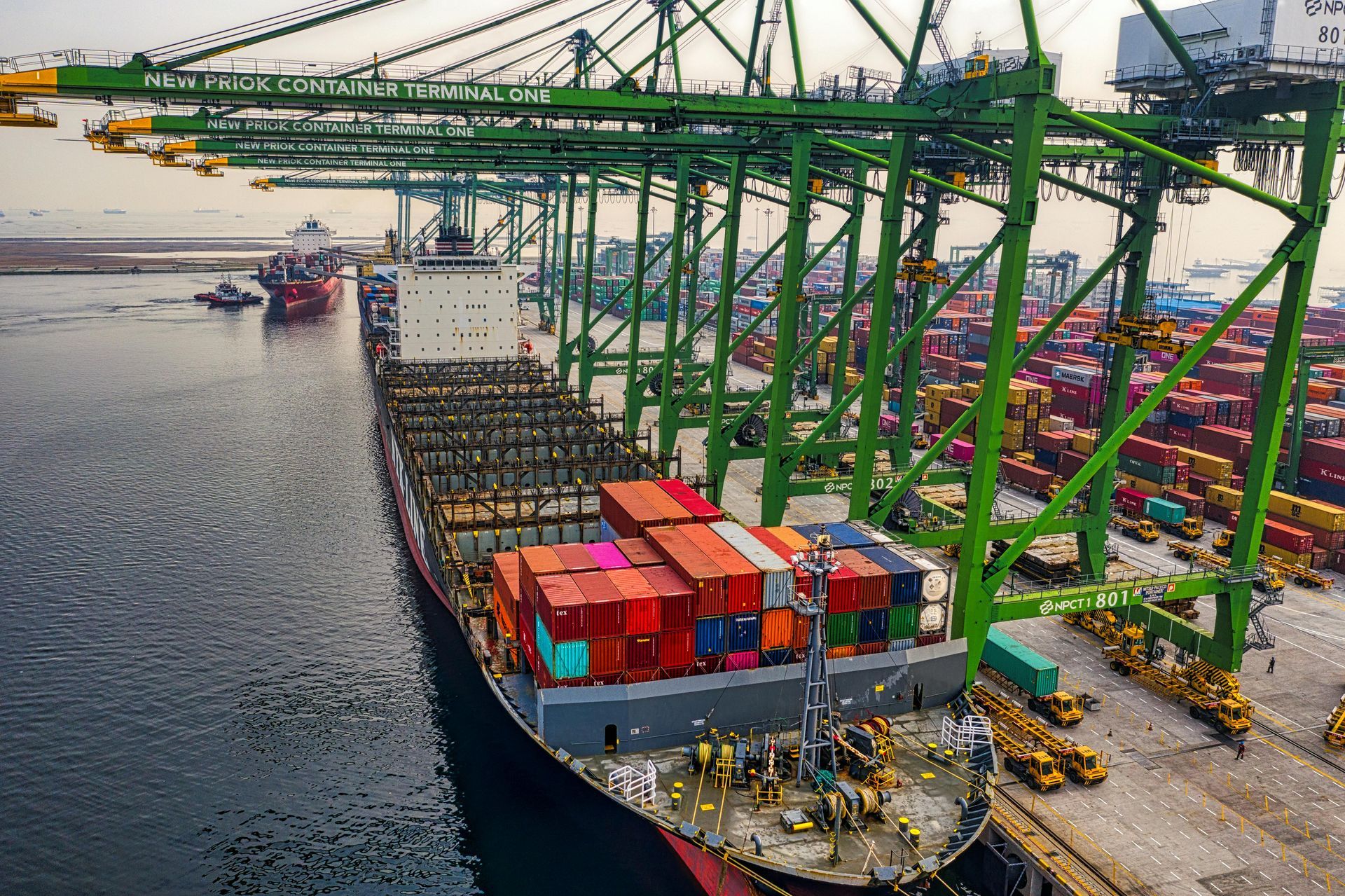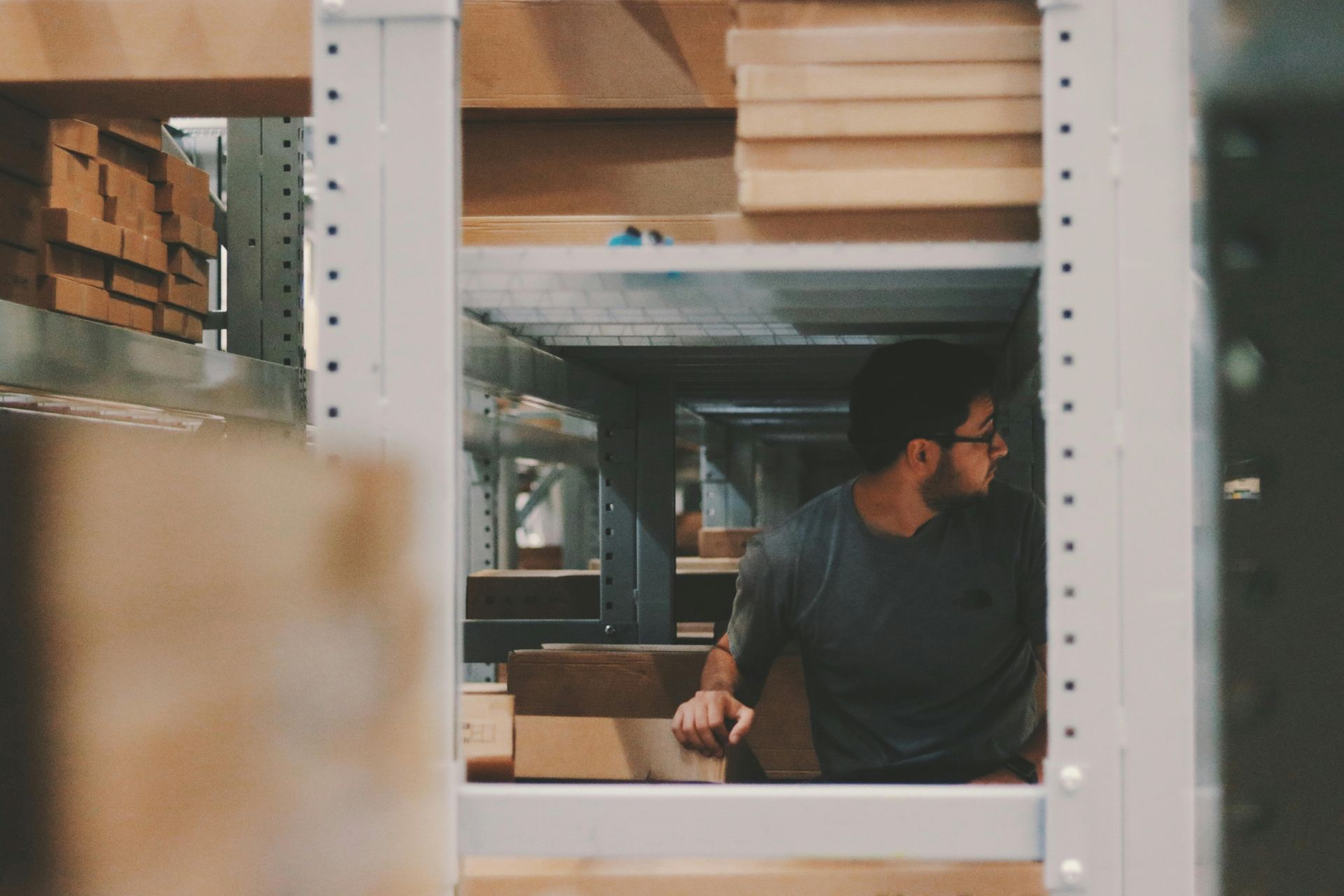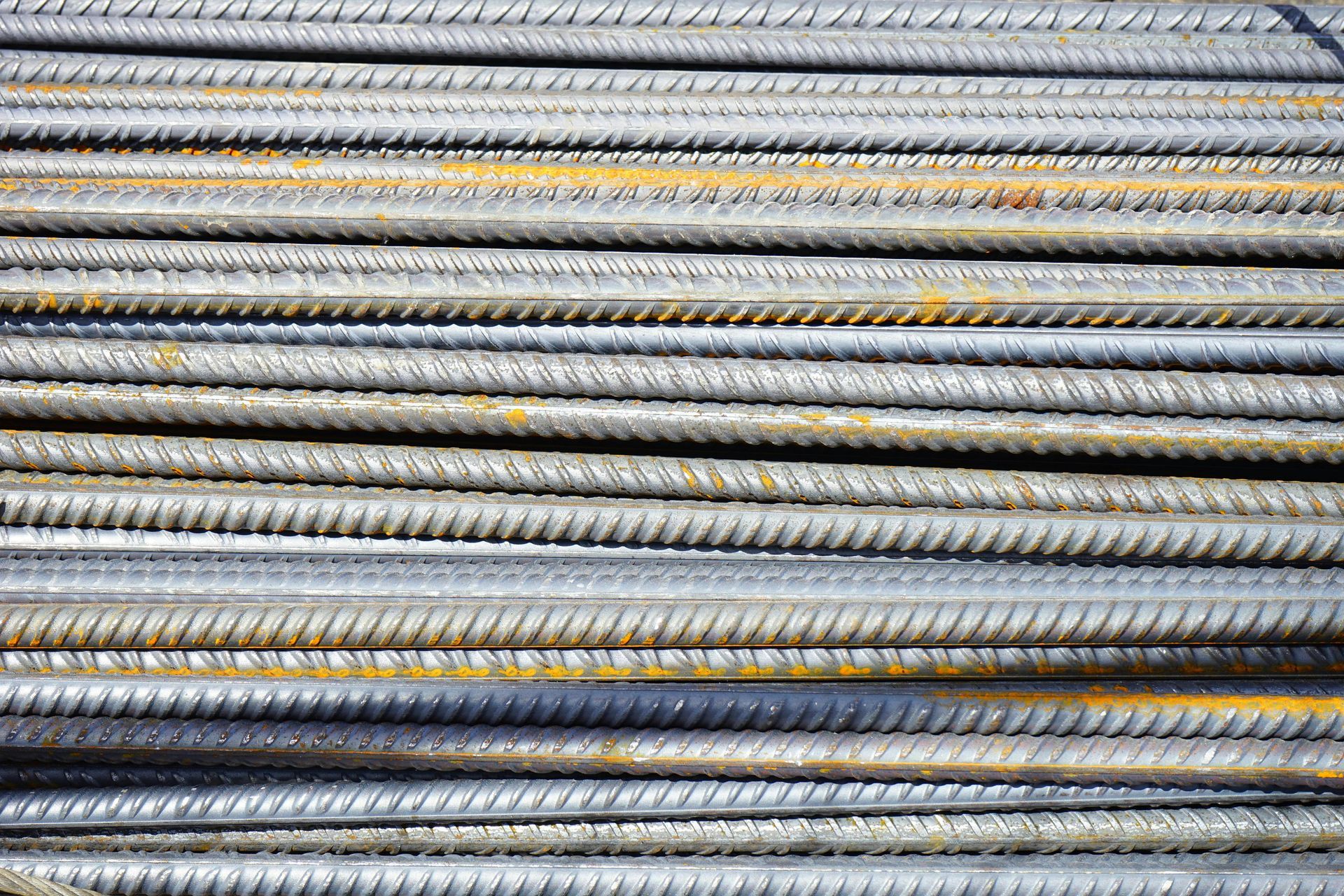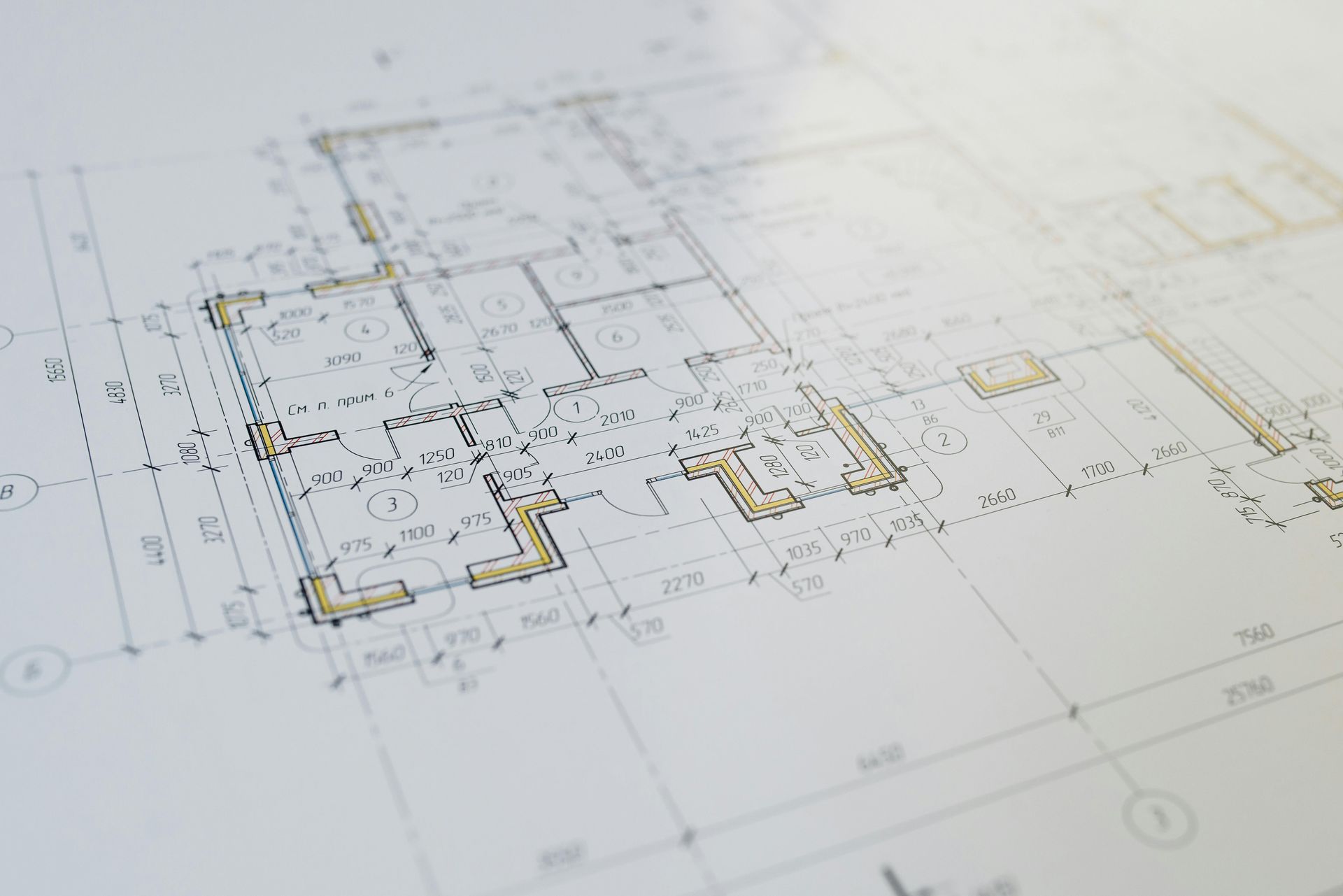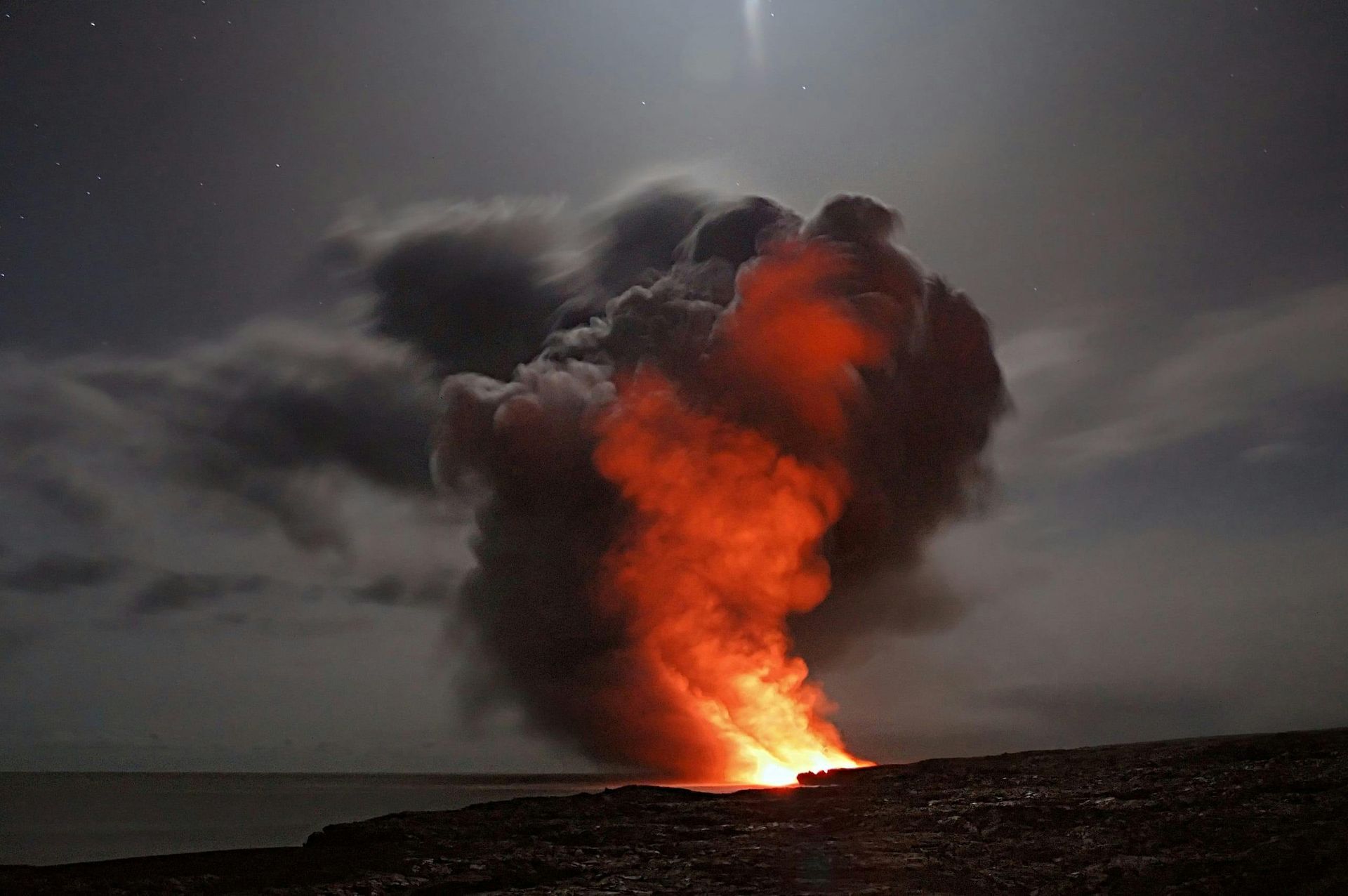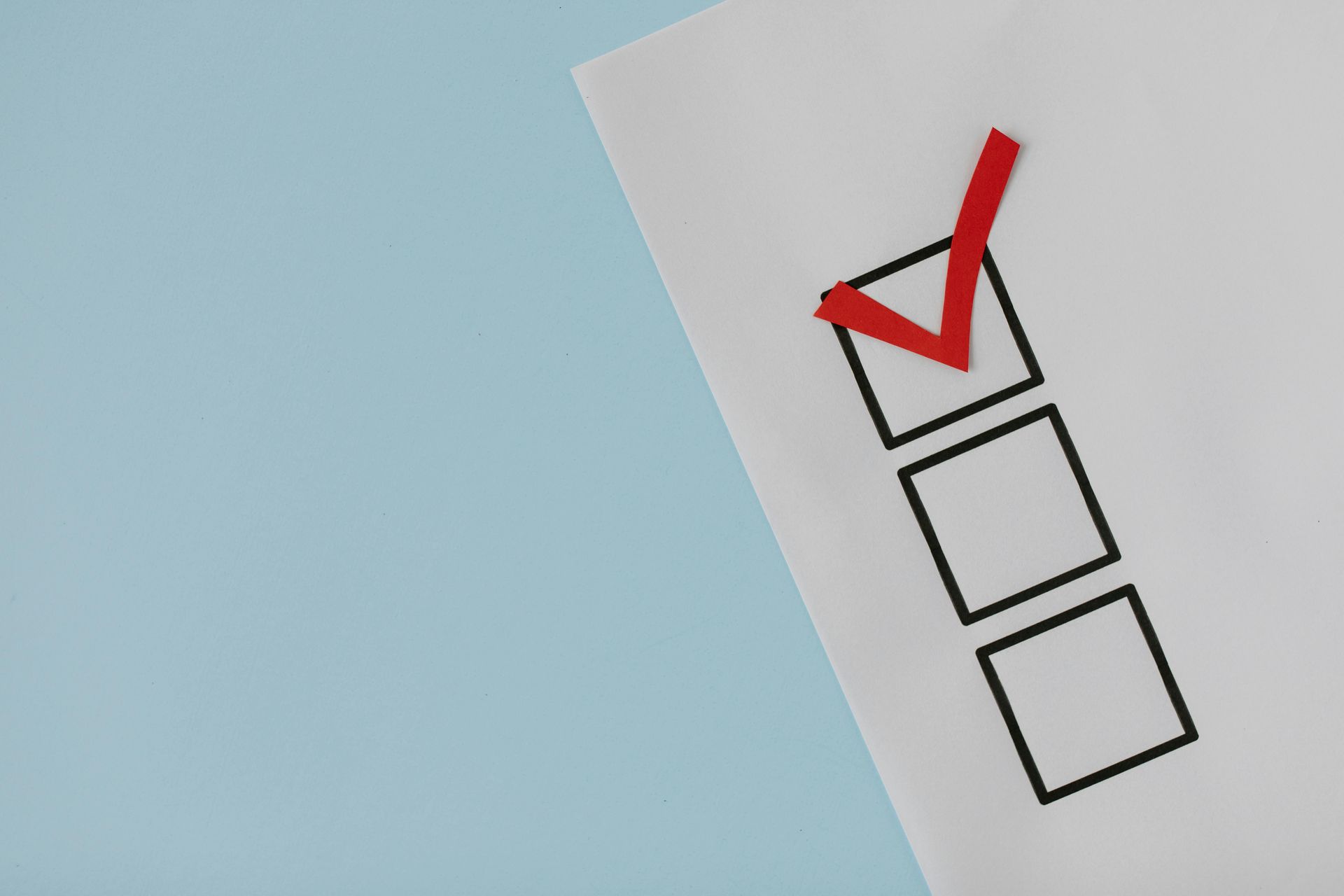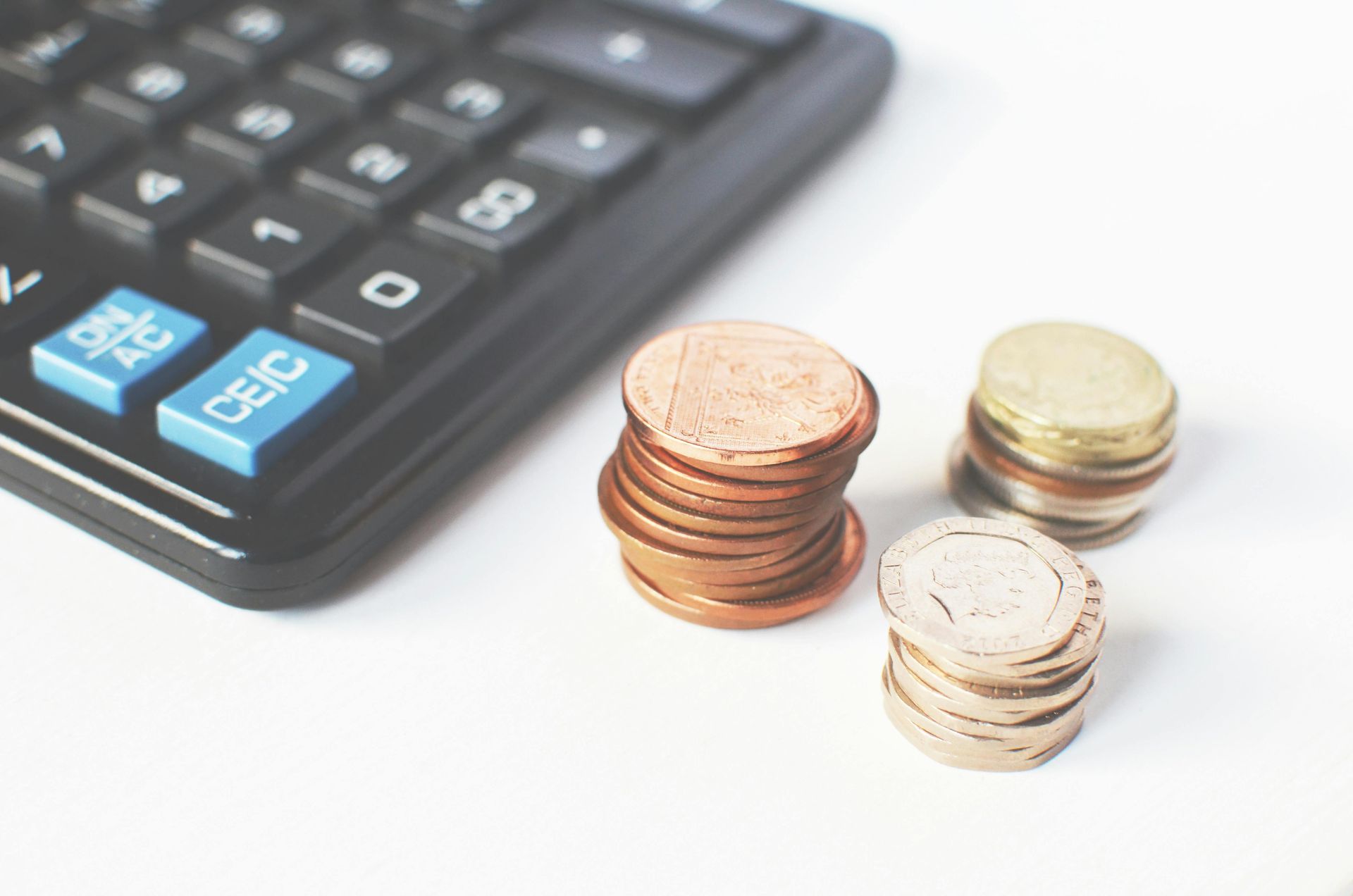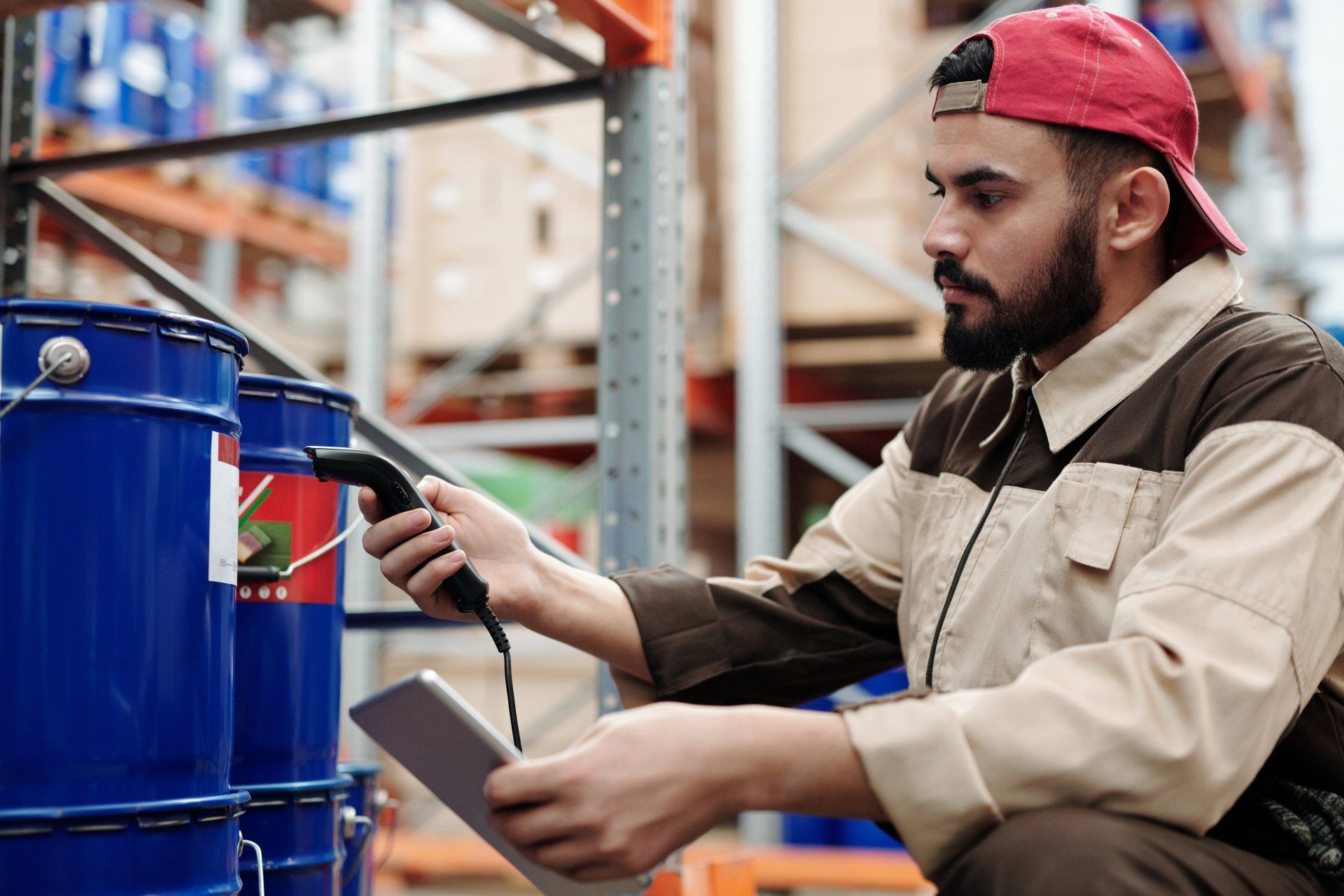Energy Efficiency in MDUs: Reducing Costs and Environmental Impact
As cities continue to grow and energy resources become increasingly strained, the importance of energy efficiency in urban housing has never been more critical. Multiple Dwelling Units (MDUs) present a unique opportunity to reduce energy consumption on a large scale, benefiting both the environment and residents. By focusing on energy-efficient designs and technologies, developers can create MDUs that lower utility costs, reduce greenhouse gas emissions, and contribute to a sustainable urban future.
In this blog post, we will explore the importance of energy efficiency in MDUs, the benefits for both residents and the environment, and the strategies developers can use to create energy-efficient urban housing. By prioritizing energy efficiency, we can create MDUs that not only support a sustainable lifestyle but also enhance the quality of urban living.
The Importance of Energy Efficiency in Urban Housing
Energy efficiency is a key factor in reducing the environmental impact of urban living. Buildings are responsible for a significant portion of energy consumption and greenhouse gas emissions, making it crucial to find ways to minimize energy use. MDUs offer an ideal setting for implementing energy-efficient technologies, as they can take advantage of economies of scale to reduce energy consumption across multiple units.
- Reducing Greenhouse Gas Emissions: Energy-efficient MDUs can help reduce greenhouse gas emissions by minimizing the amount of energy required for heating, cooling, and electricity. By using less energy, MDUs can significantly reduce their carbon footprint, contributing to a cleaner, healthier environment. Reducing greenhouse gas emissions also plays a vital role in combating climate change, making energy-efficient housing a key component of a sustainable future.
- Lowering Utility Costs: Energy efficiency benefits not only the environment but also residents' wallets. Energy-efficient MDUs require less energy for heating, cooling, and lighting, which translates to lower utility bills for residents. This can make urban living more affordable, especially for low- and middle-income families. Lower utility costs can also increase the financial stability of residents, allowing them to allocate resources to other important aspects of their lives, such as education, healthcare, and leisure activities.
- Enhancing Comfort: Energy-efficient buildings are designed to maintain a comfortable indoor environment with minimal energy use. Proper insulation, energy-efficient windows, and smart climate control systems help keep indoor temperatures consistent, reducing drafts and hot or cold spots. This creates a more comfortable living environment for residents year-round. Additionally, energy-efficient buildings often have better air quality due to improved ventilation systems, which can further enhance residents' overall comfort and well-being.
Key Features of Energy-Efficient MDUs
To create energy-efficient MDUs, developers must incorporate features that reduce energy consumption and promote sustainable living. Here are some of the key features that can make MDUs more energy efficient:
- High-Performance Insulation: Proper insulation is essential for reducing energy consumption in MDUs. High-performance insulation helps keep indoor temperatures stable by preventing heat loss in the winter and heat gain in the summer. This reduces the need for heating and cooling, resulting in lower energy use and utility costs. Insulation not only improves energy efficiency but also enhances soundproofing, which can contribute to a quieter and more peaceful living environment for residents.
- Energy-Efficient Windows: Windows play a major role in a building's energy efficiency. Double or triple-pane windows with low-emissivity (low-E) coatings can help reduce heat transfer, keeping indoor spaces comfortable while reducing the need for heating and cooling. Energy-efficient windows also help block harmful UV rays, protecting furniture and flooring from fading. By reducing the amount of heat that enters or escapes through windows, these features contribute to a more stable indoor climate and lower energy bills.
- LED Lighting: Lighting is a significant source of energy consumption in residential buildings. Replacing traditional incandescent bulbs with LED lighting can greatly reduce energy use, as LEDs use up to 80% less energy and last much longer. Installing LED lighting in common areas and individual units can help MDUs achieve significant energy savings. LED lighting also generates less heat compared to traditional lighting, which can help reduce the load on cooling systems during warmer months.
- Smart Climate Control Systems: Smart thermostats and climate control systems can help optimize energy use in MDUs by adjusting heating and cooling based on occupancy and weather conditions. These systems can be programmed to reduce energy consumption during times when units are unoccupied, helping to minimize wasted energy. Smart climate control systems also provide residents with greater control over their indoor environment, allowing them to customize settings to suit their preferences and maximize comfort while minimizing energy use.
- Solar Panels and Renewable Energy: Incorporating renewable energy sources, such as solar panels, into MDU design can further enhance energy efficiency. Solar panels can be used to generate electricity for common areas, reducing the building's reliance on the grid and lowering overall energy costs. In some cases, solar energy can also be used to provide hot water, further reducing energy consumption. Utilizing renewable energy sources not only reduces greenhouse gas emissions but also provides a more resilient energy supply, protecting residents from potential energy price fluctuations and shortages.
Strategies for Improving Energy Efficiency in MDUs
Developers and property managers can implement a variety of strategies to improve energy efficiency in MDUs. By focusing on both the design and operational phases, they can create buildings that use energy more effectively and provide long-term benefits for residents and the environment.
- Incorporate Passive Design Elements: Passive design elements, such as building orientation, window placement, and shading, can help maximize natural light and ventilation while minimizing the need for artificial heating and cooling. By positioning buildings to take advantage of natural sunlight and incorporating features like awnings or shading devices, developers can reduce energy use and create more comfortable living environments. Passive design also includes using reflective roofing materials to reduce heat absorption, which can help lower cooling costs during the summer.
- Install Energy-Efficient Appliances: Energy-efficient appliances, such as refrigerators, dishwashers, and washing machines, can significantly reduce energy consumption in MDUs. Developers should consider installing ENERGY STAR-rated appliances in both individual units and common areas to help residents save on energy costs and reduce the building's overall energy use. Energy-efficient appliances also use less water, contributing to overall resource conservation and lowering utility bills for residents.
- Implement Energy Recovery Ventilation: Energy recovery ventilation (ERV) systems can help improve energy efficiency by capturing heat from exhaust air and transferring it to incoming fresh air. This reduces the amount of energy needed to heat or cool the building, resulting in lower energy consumption and improved indoor air quality. ERVs are particularly beneficial in climates with extreme temperatures, where maintaining indoor comfort can be energy-intensive. By recovering and reusing energy, these systems help reduce overall energy demand.
- Use Energy Management Systems: Energy management systems (EMS) can help property managers monitor and control energy use throughout the building. These systems provide real-time data on energy consumption, allowing property managers to identify areas where energy is being wasted and make adjustments to improve efficiency. EMS can also be used to schedule energy-intensive activities, such as heating water or running ventilation systems, during off-peak hours to reduce energy costs. By providing insights into energy use patterns, EMS can help property managers make informed decisions to optimize building performance and reduce energy waste.
- Promote Energy-Efficient Behavior: Educating residents about energy-efficient practices can help further reduce energy consumption in MDUs. Property managers can provide information on how to use appliances efficiently, the benefits of smart thermostats, and simple actions like turning off lights when not in use. Encouraging residents to adopt energy-efficient behaviors can contribute to the building's overall energy savings. Hosting workshops or providing informational materials on energy conservation can empower residents to take an active role in reducing their energy use, creating a culture of sustainability within the community.
The Role of Technology in Enhancing Energy Efficiency
Advancements in technology have made it easier than ever to improve energy efficiency in MDUs. By incorporating smart technologies, developers and property managers can create buildings that use energy more effectively and provide residents with a higher quality of life.
- Smart Meters: Smart meters provide real-time data on energy consumption, allowing residents to track their energy use and identify areas where they can save. Smart meters can also help property managers monitor energy consumption throughout the building and identify trends or potential issues that need to be addressed. By providing transparency and insight into energy use, smart meters can encourage residents to adopt more energy-efficient habits and help property managers optimize building performance.
- Building Automation Systems: Building automation systems (BAS) can help improve energy efficiency by automating heating, cooling, lighting, and other building systems. These systems use sensors and controllers to optimize energy use based on occupancy and environmental conditions, ensuring that energy is used only when and where it is needed. BAS can also help reduce maintenance costs by identifying potential issues before they become major problems, allowing property managers to address them proactively.
- Smart Plugs and Outlets: Smart plugs and outlets can help residents reduce energy consumption by allowing them to control appliances remotely and schedule them to turn off when not in use. This can help prevent energy waste from devices that consume power even when they are in standby mode, contributing to overall energy savings. Smart plugs can also provide data on the energy consumption of individual devices, helping residents make informed decisions about their energy use.
Benefits of Energy-Efficient MDUs for Residents and the Environment
Energy-efficient MDUs offer a wide range of benefits for both residents and the environment. By reducing energy consumption, these buildings can help create a more sustainable urban future while improving the quality of life for those who live in them.
- Lower Utility Bills: One of the most immediate benefits of energy-efficient MDUs is lower utility bills for residents. By reducing the amount of energy needed for heating, cooling, and electricity, residents can save money on their monthly energy costs, making urban living more affordable. Lower utility bills can also provide financial relief for families on a tight budget, allowing them to allocate resources to other important needs.
- Reduced Environmental Impact: Energy-efficient MDUs help reduce the environmental impact of urban living by lowering greenhouse gas emissions and reducing the demand for non-renewable energy sources. By minimizing energy use, these buildings contribute to a cleaner, healthier environment for everyone. Energy-efficient buildings also help reduce the strain on the energy grid, particularly during peak demand periods, which can lead to a more stable and resilient energy supply for the entire community.
- Improved Comfort and Quality of Life: Energy-efficient buildings are designed to maintain a comfortable indoor environment with minimal energy use. Proper insulation, energy-efficient windows, and smart climate control systems help keep indoor temperatures consistent, reducing drafts and hot or cold spots. This creates a more comfortable living environment for residents year-round. Additionally, energy-efficient MDUs often have better indoor air quality due to improved ventilation, which can lead to better health outcomes for residents, especially those with respiratory conditions.
Creating a Sustainable Urban Future with Energy-Efficient MDUs
Energy efficiency is a critical aspect of creating sustainable urban housing. By incorporating energy-efficient features and technologies, developers can create MDUs that reduce energy consumption, lower utility costs, and minimize environmental impact. From high-performance insulation and energy-efficient windows to smart climate control systems and renewable energy sources, there are many ways to enhance the energy efficiency of MDUs.
Ultimately, energy-efficient MDUs are about more than just reducing energy use—they are about creating a better quality of life for residents and building a sustainable urban future. By prioritizing energy efficiency in MDU design and management, we can create urban communities that are not only livable but also environmentally responsible, ensuring a brighter future for generations to come. Through collaboration between developers, property managers, and residents, we can build energy-efficient MDUs that set the standard for sustainable urban living and create lasting positive impacts on both people and the planet.
